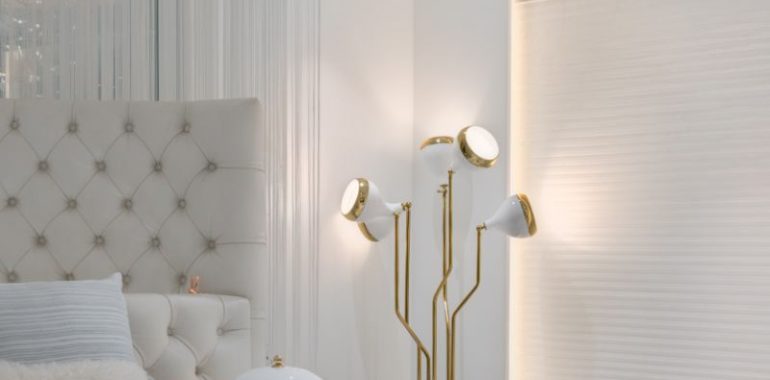Designing with Precision: Creating Pendant Lights with CAD Technology

Designing with Precision: Creating Pendant Lights with CAD Technology
The Importance of CAD Technology in Pendant Light Design
As technology continues to advance, the design process for pendant lights has become increasingly precise and efficient with the use of CAD technology. CAD, or computer-aided design, allows designers to create detailed 3D models of their designs and analyze their functionality before any physical production takes place. This not only saves time, but it also reduces the likelihood of errors and creates a more seamless design process.
Benefits of Using CAD Technology in Pendant Light Design
One of the primary benefits of using CAD technology in pendant light design is the ability to visualize the finished product before any physical production takes place. Designers can create accurate 3D models to showcase the dimensions, angles, light output, and other critical design elements. This level of detail allows designers to iron out any potential flaws or issues with the design before it reaches the production stage.
Furthermore, CAD technology can also aid in the production process, reducing the need for manual labor or multiple product prototypes. By creating precise, detailed 3D models, designers and manufacturers can streamline the production process and ensure that the final product meets their exact specifications.
Examples of Pendant Light Designs Created with CAD Technology
One excellent example of how CAD technology has revolutionized pendant light design is the Philips Hue pendant light. This innovative and stylish design allows users to control the light output and color of the pendant light using their mobile devices. With the use of CAD technology, designers were able to create an exact, detailed model that allowed them to achieve the product’s unique features, such as the circular shape and the ability to customize the light output.
Another example of pendant light design created with CAD technology is the Muuto E27 pendant light. This elegant and minimalistic design features a simple bulb holder and a colorful cord design, which creates an eye-catching accent in any room. The designers utilized CAD technology to create a precise 3D model of the product and ensure that each component fit together seamlessly.
The Future of Pendant Light Design with CAD Technology
As CAD technology continues to advance, pendant light design will likely become even more precise and efficient. With the use of 3D printing and automated production processes, designers will be able to create complex designs that were once impossible or too complicated to produce. Furthermore, CAD technology will continue to allow designers and manufacturers to reduce costs and improve their products’ overall functionality and performance.
In conclusion, CAD technology has revolutionized the pendant light design process, creating a more precise and efficient method of creating unique and innovative products. With the ability to create accurate 3D models, designers can visualize and optimize their designs before any physical production takes place. The examples above demonstrate how CAD technology has been used to create unique and functional pendant light designs that enhance the overall aesthetic of a space. With advancements in automation and 3D printing, the future of pendant light design is undoubtedly an exciting one.

